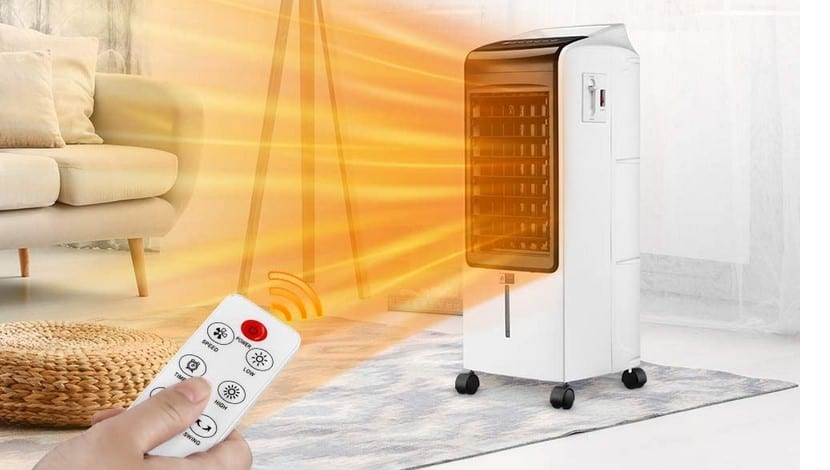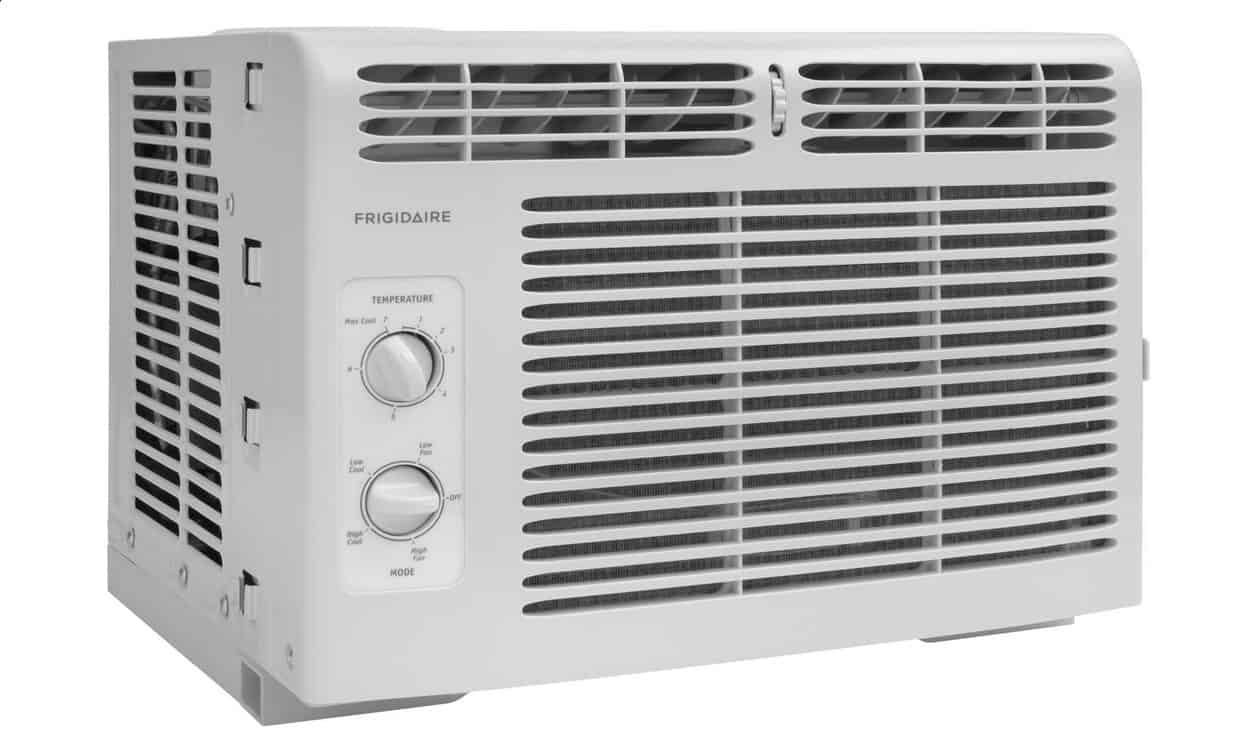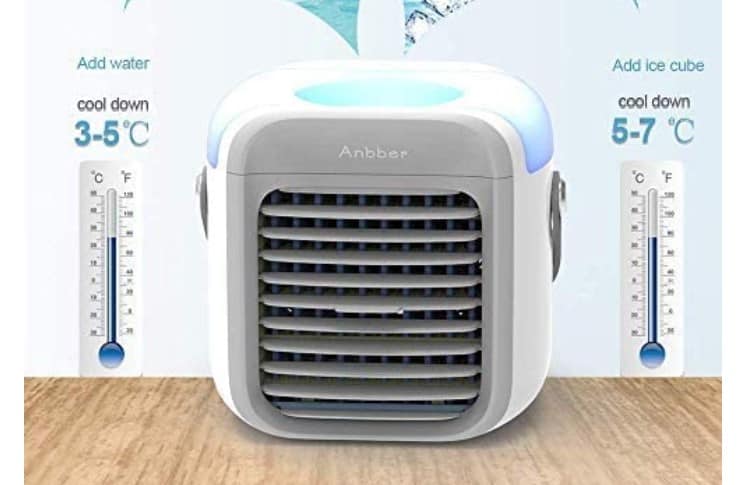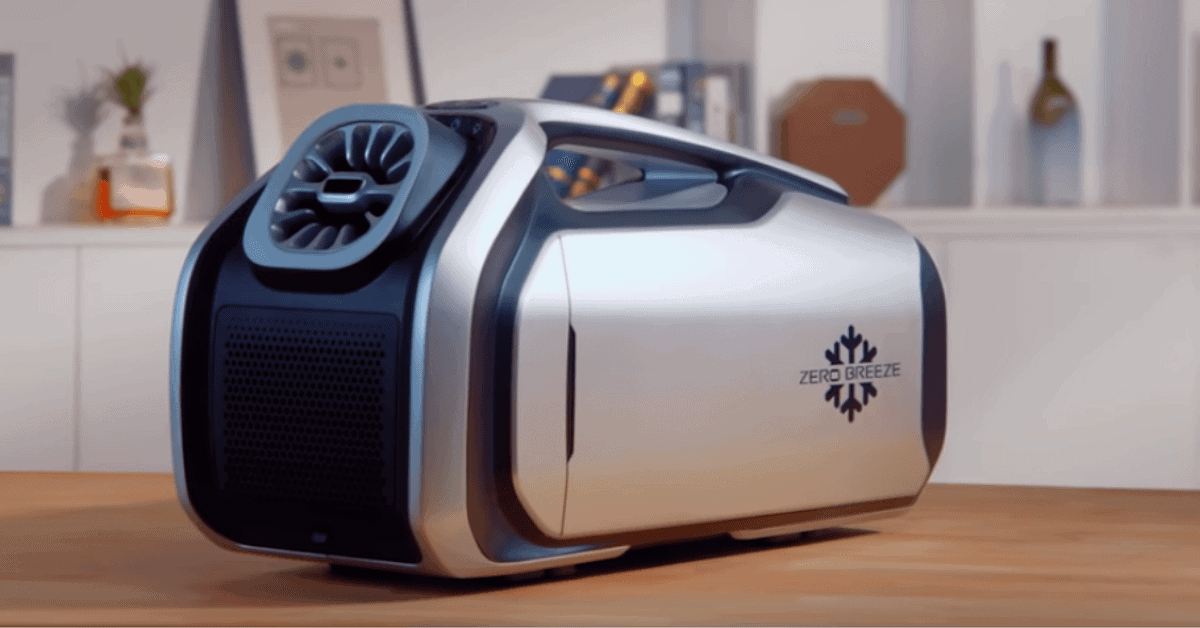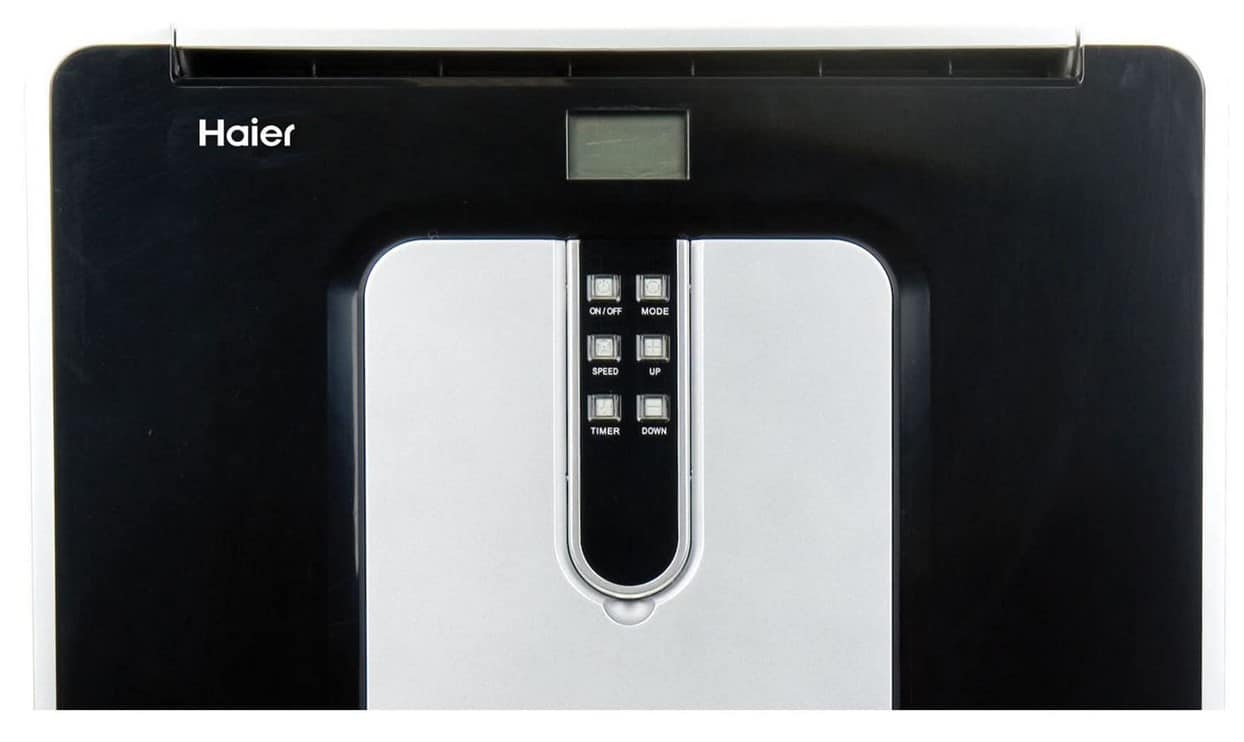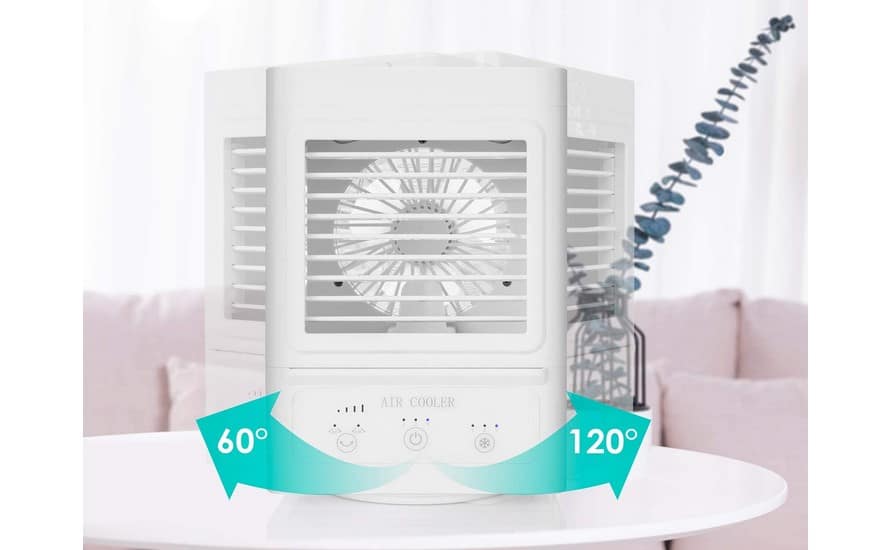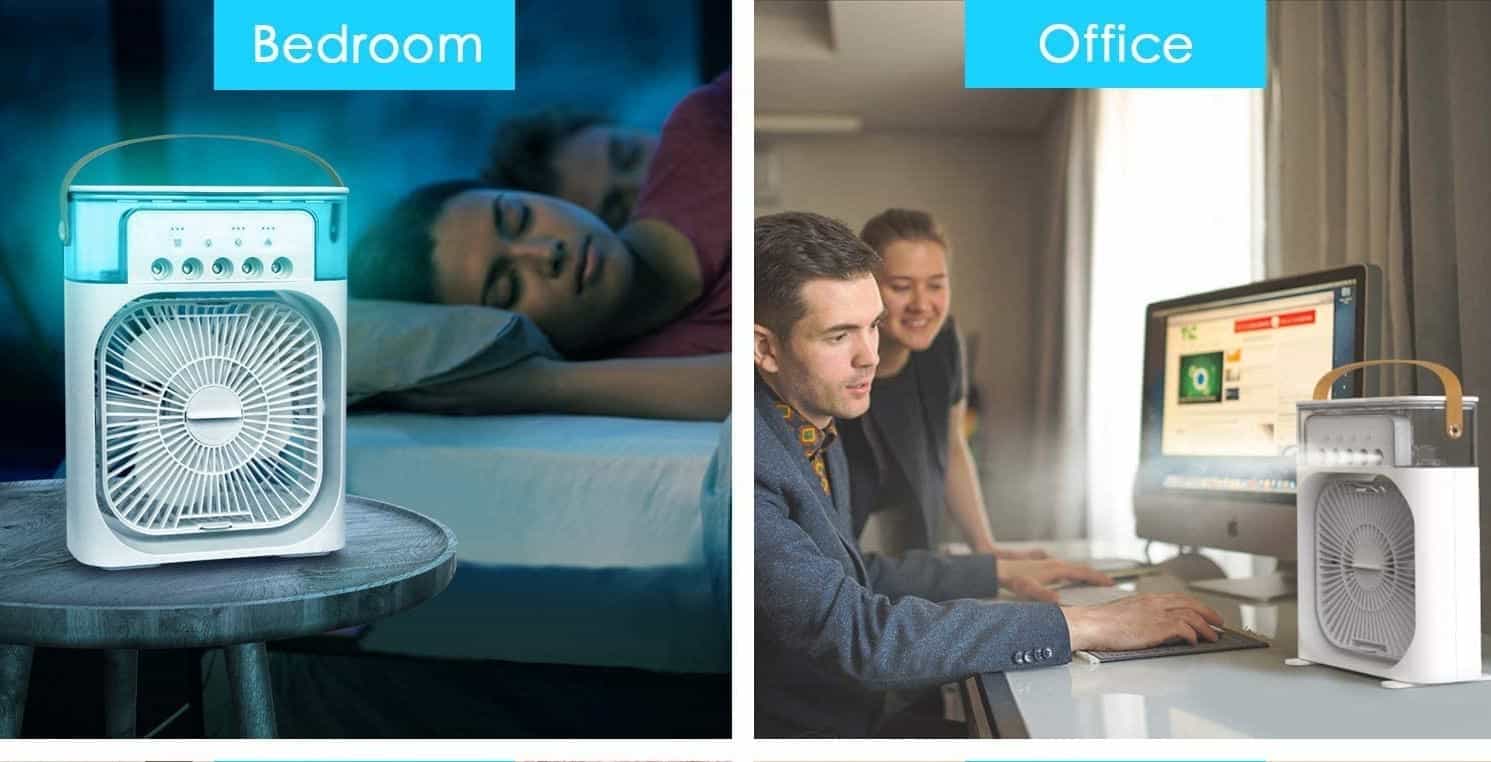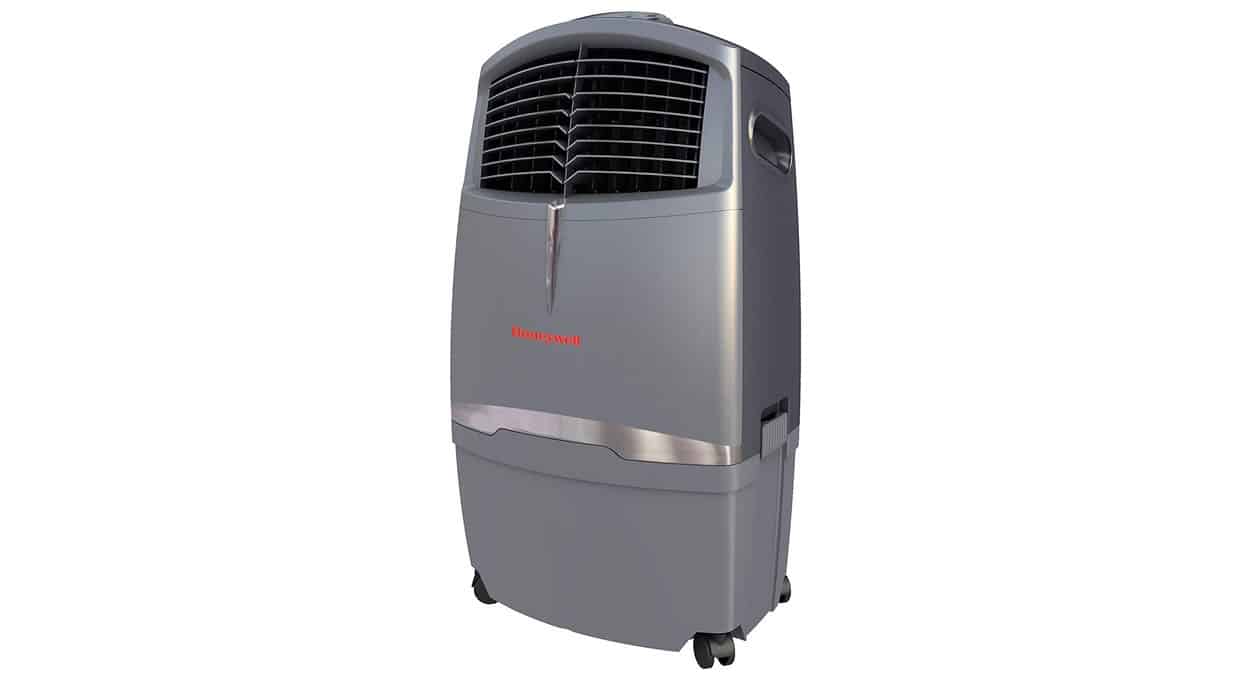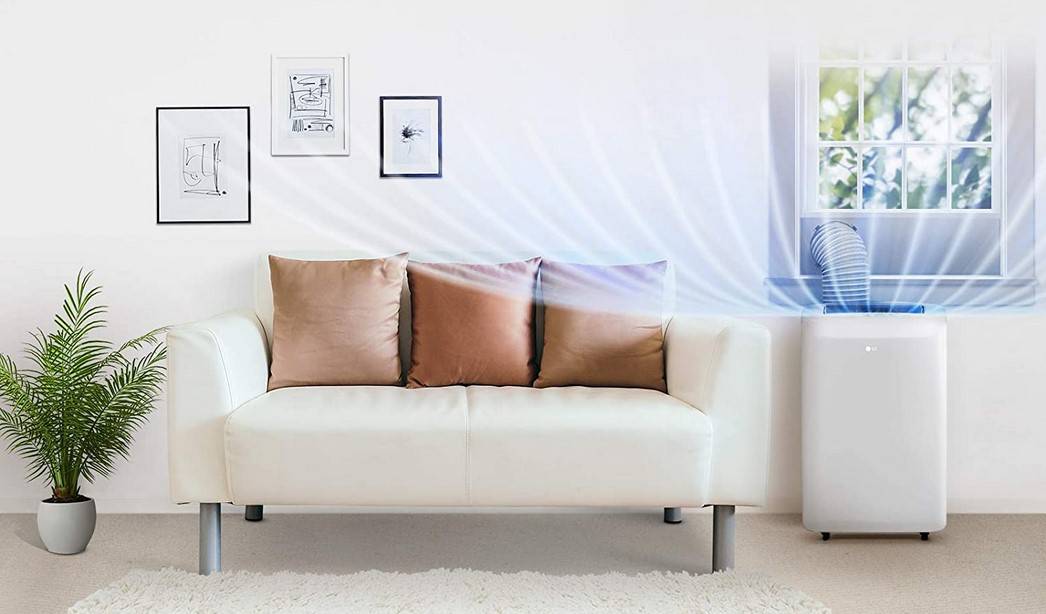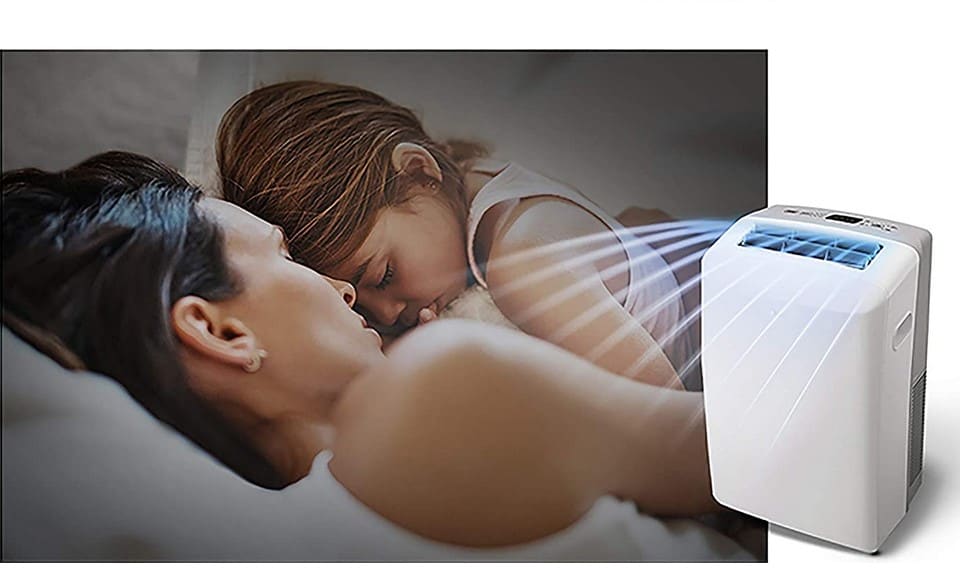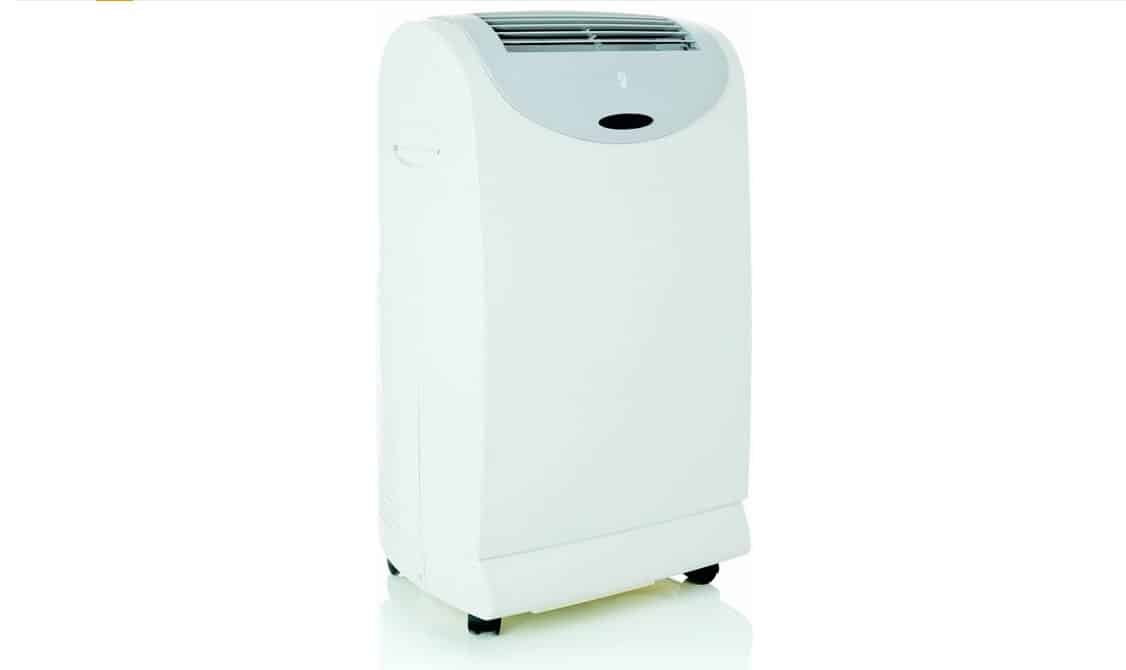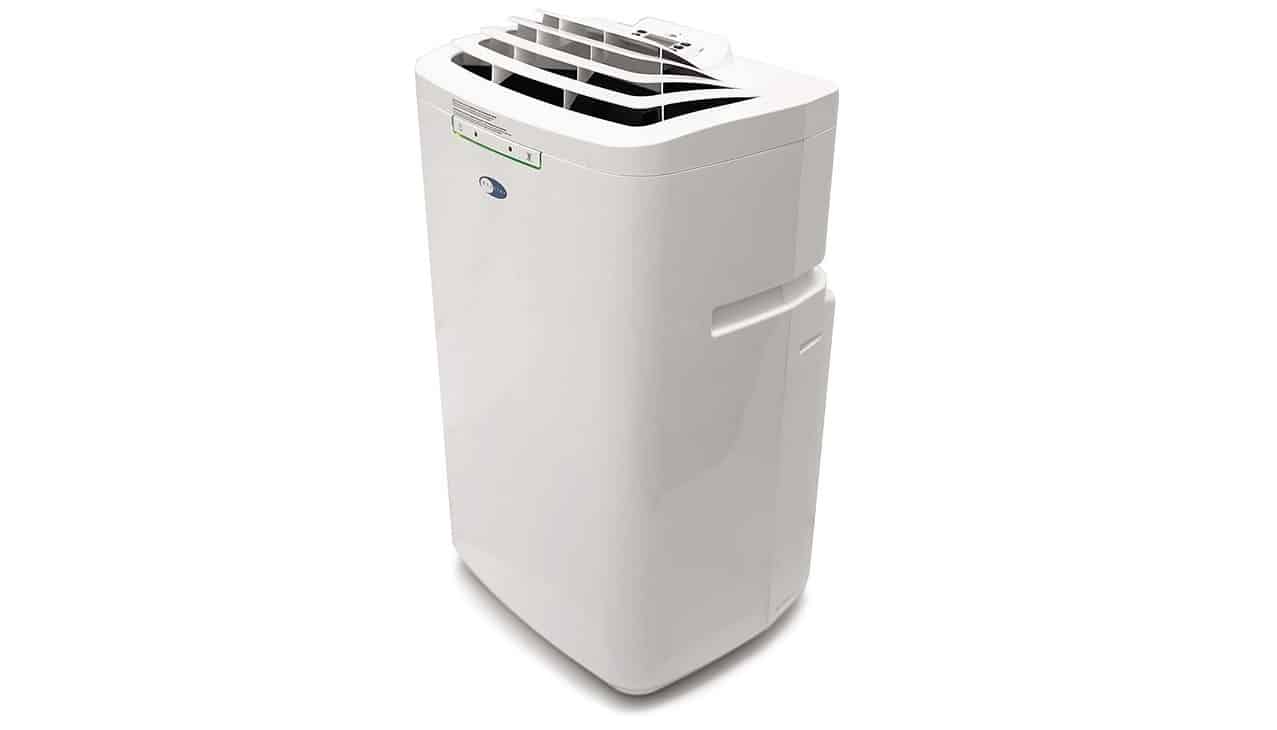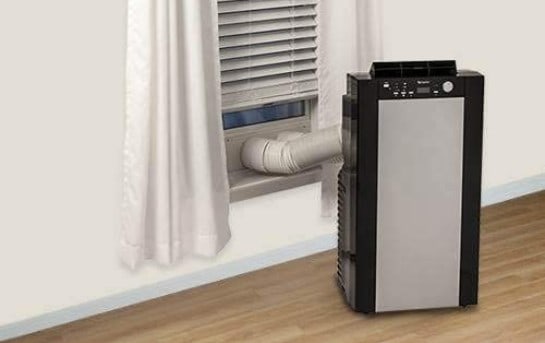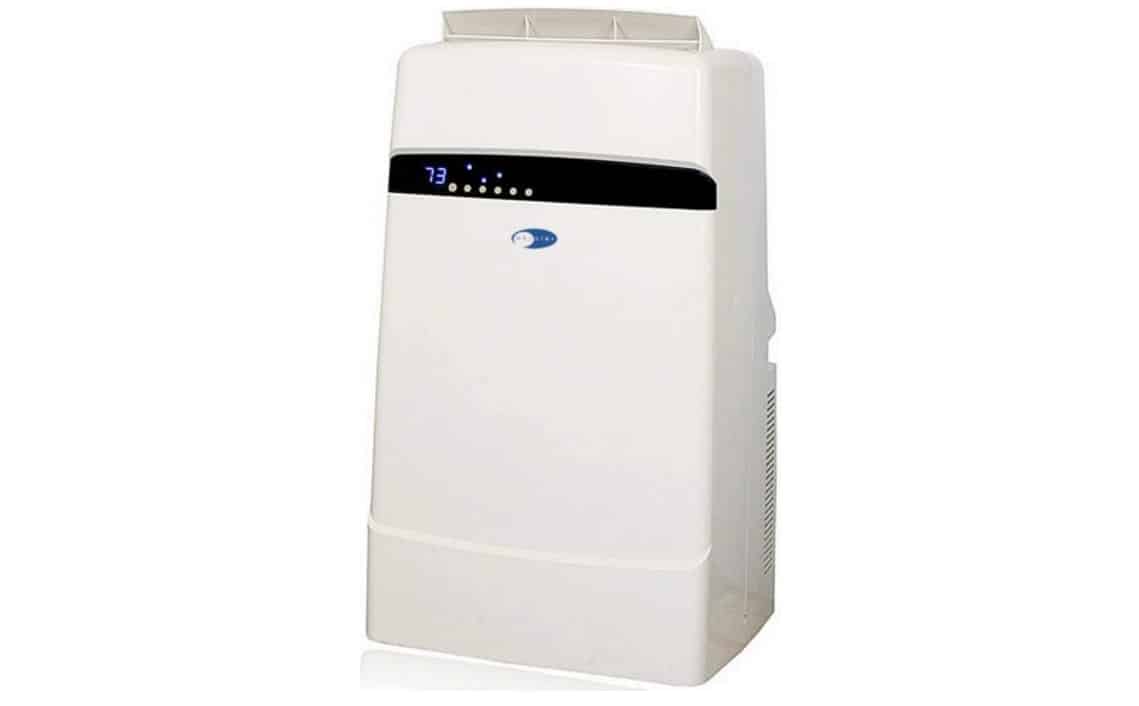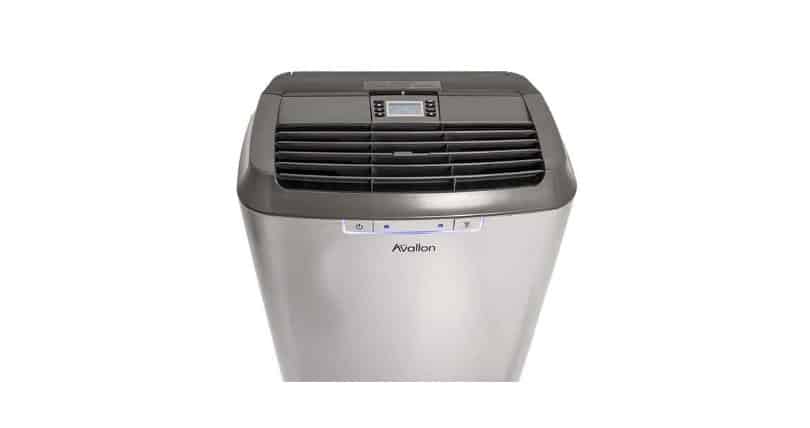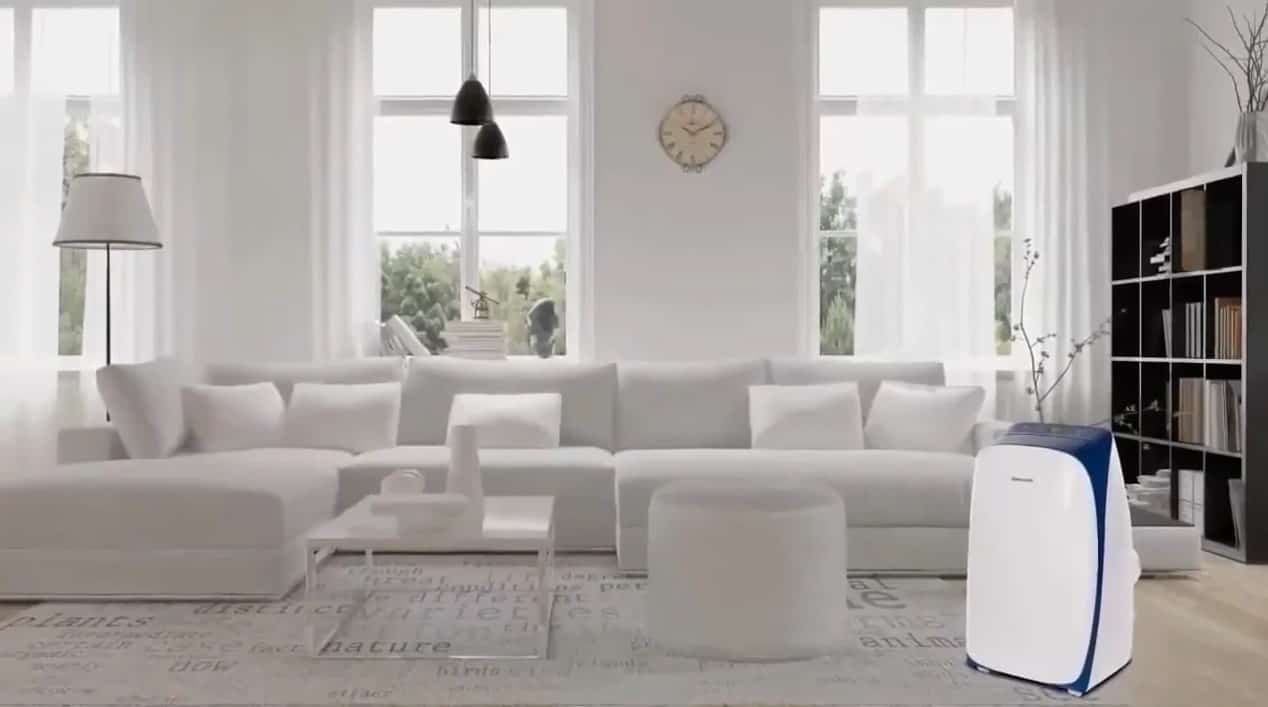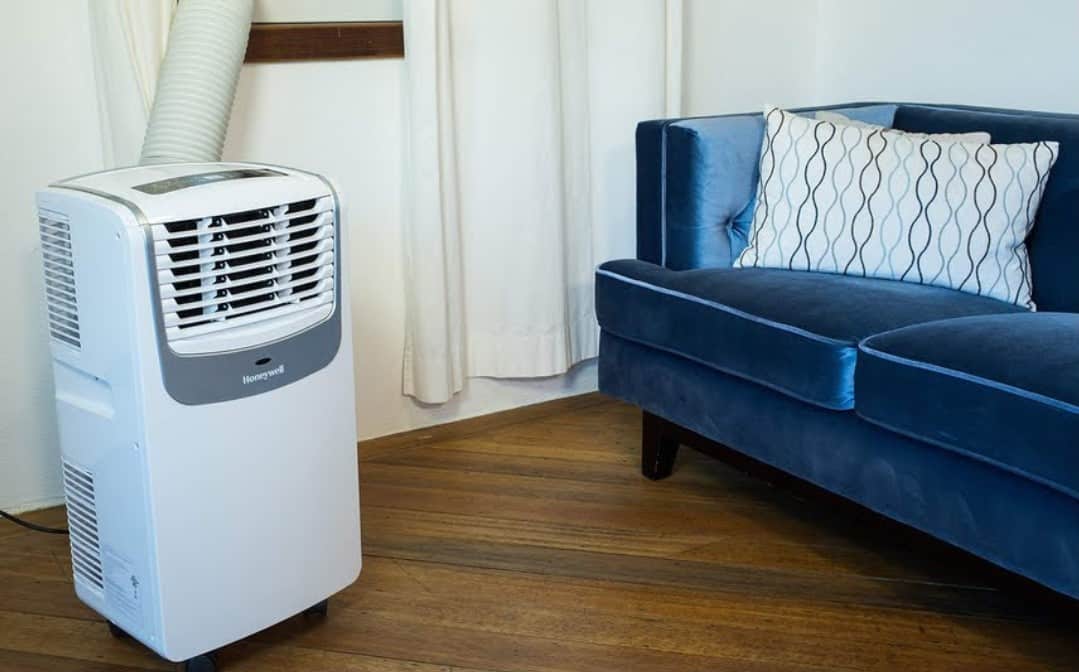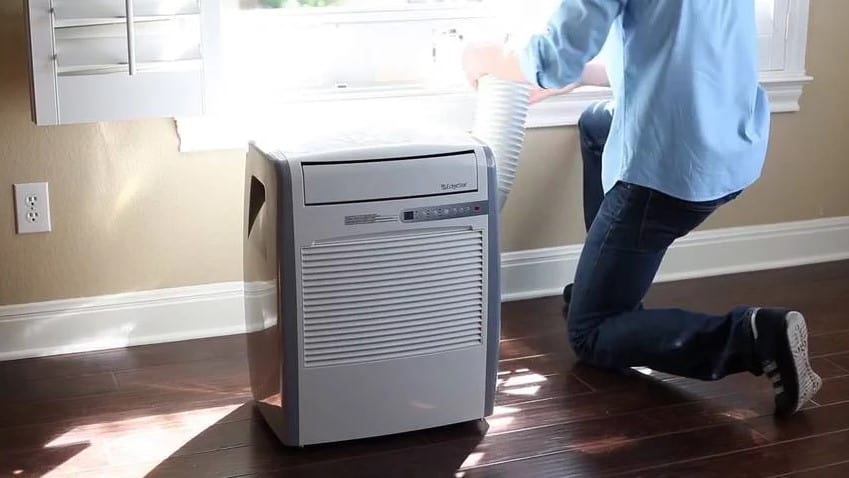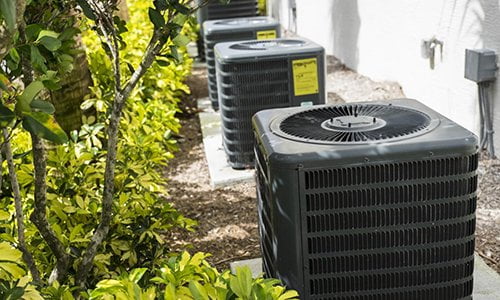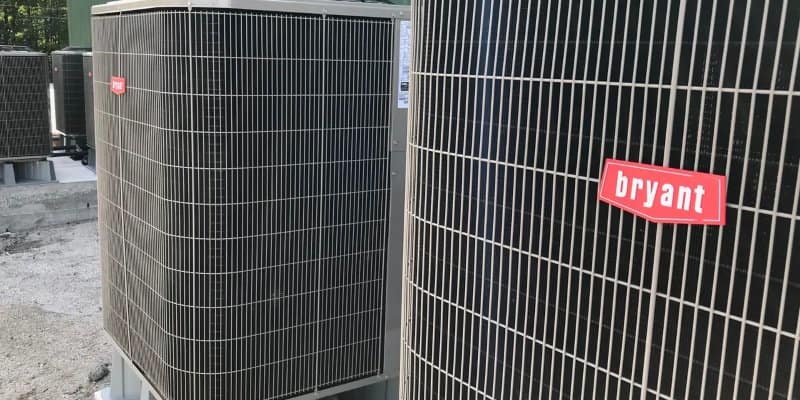Portable AC units rival window units as some of the best air conditioners you can buy as standalone solutions. They are versatile, easy to set up, and can be used in rooms without windows. But there are specific portable AC repair procedures you need to know to keep your device running strong. Also, we have a great article on repairing an air conditioner condenser if you’re looking to get into DIY projects.
KEY TAKEAWAYS:
- Portable AC repairs are often easy measures to complete without calling a specialist.
- If your unit lacks airflow or cooling power, first check to see if you have a dirty filter.
- Portable air conditioning units have specific settings, such as “defrost,” that are built-in to help with self-repairs.
Troubleshooting Different Portable AC Unit Problems
It’s not always necessary to call an AC technician to do repairs. Many problems that occur with portable AC units are easy to fix yourself and can save a lot of money in the long run. This is provided you know what the symbols on your air conditioner mean. And, that you don’t leave your air conditioner on when you’re not home, as this can burn it out quicker Another problem we address in a different article is what to do if the lights dim when the air conditioner comes on.
Insider Tip
If you’re experiencing a lack of cooling power, check the length of your exhaust hose. The longer the exhaust hose, the less cooling capacity.
Not Turning On/Power Failure
Check first to ensure that your portable indoor unit is plugged in and if other electrical appliances in the same outlet are working. If you are sure it’s not a power source issue, your AC has likely blown a fuse. You can consult your manual or take it to a repair service to fix this.
Failure to turn it on could also result from damaged wires. One thing to do is check the power cord for any wear or damage to the area that plugs into the power outlet. If there is significant damage, replacing a power chord or plug is easy and takes only a few minutes to complete.
Lack of Airflow
When portable ACs have low airflow, the primary concern is that the air filters are dirty or clogged. Portable AC units often come with removable filters that can be vacuumed or washed. After removing, check to see if the problem is a dirty air filter.
If you have a non-washable filter, vacuum until the dust/debris is gone, reinsert, and check to see if the airflow is back to normal.
Use soapy water to wash and scrub any washable filters, then rinse them with clean water. Then let the filter’s air dry, replace them, and check to ensure the air is flowing correctly.
Lack of Cooling Power
When a portable unit ceases to blow cool air, a common reason is that the evaporator coil system has frosted over. Most portable AC units come with defrost settings. This setting takes anywhere from 10 to 45 minutes to complete the process, and it will remove the ice from the coils. If your unit doesn’t have a defrost setting, turn the unit off and allow the ice to melt.
Another simple reason for experiencing insufficient cooling is that the cooling mode may be switched off. Check to ensure that you switched the cooling mode to “on.” If the cooling mode is on, this is likely because there is Freon leakage or a clogged air filter. If you find the unit has refrigerant leaks, call a professional or consult your manual on how to refill.
Warning
Be very careful if you adjust the Freon level in your portable unit. Using too much or too little can cause damage.
F.A.Q.S
Why is my portable AC not cooling?
The primary cause of this is a clogged air filter, exhaust duct, or Freon leakage.
What kind of Freon do you use in window air conditioners?
The proper Freon to put in a window unit is a 4-410a refrigerant.
How long will a window air conditioner last?
Window units last up to 10 years if kept in good condition.
STAT: Air conditioners account for about 20% of a building’s electricity usage. (source)
REFERENCES:
- https://www.youtube.com/watch?v=t02wd9UM0ic
- https://homeairguides.com/common-portable-air-conditioner-problems-and-solutions/
- https://en.wikipedia.org/wiki/Air_conditioningr
- https://www.augustaairconditioning.com/diy-portable-ac-unit-repair-guide/
- https://airlucent.com/portable-ac-not-cooling/#:~:text=The%20reasons%20for%20a%20portable,and%20replace%20the%20faulty%20thermostat.
- https://accurateairac.com/understanding-defrost-cycle/#:~:text=When%20the%20ambient%20temperature%20outside,form%20and%20automatically%20fixes%20this.

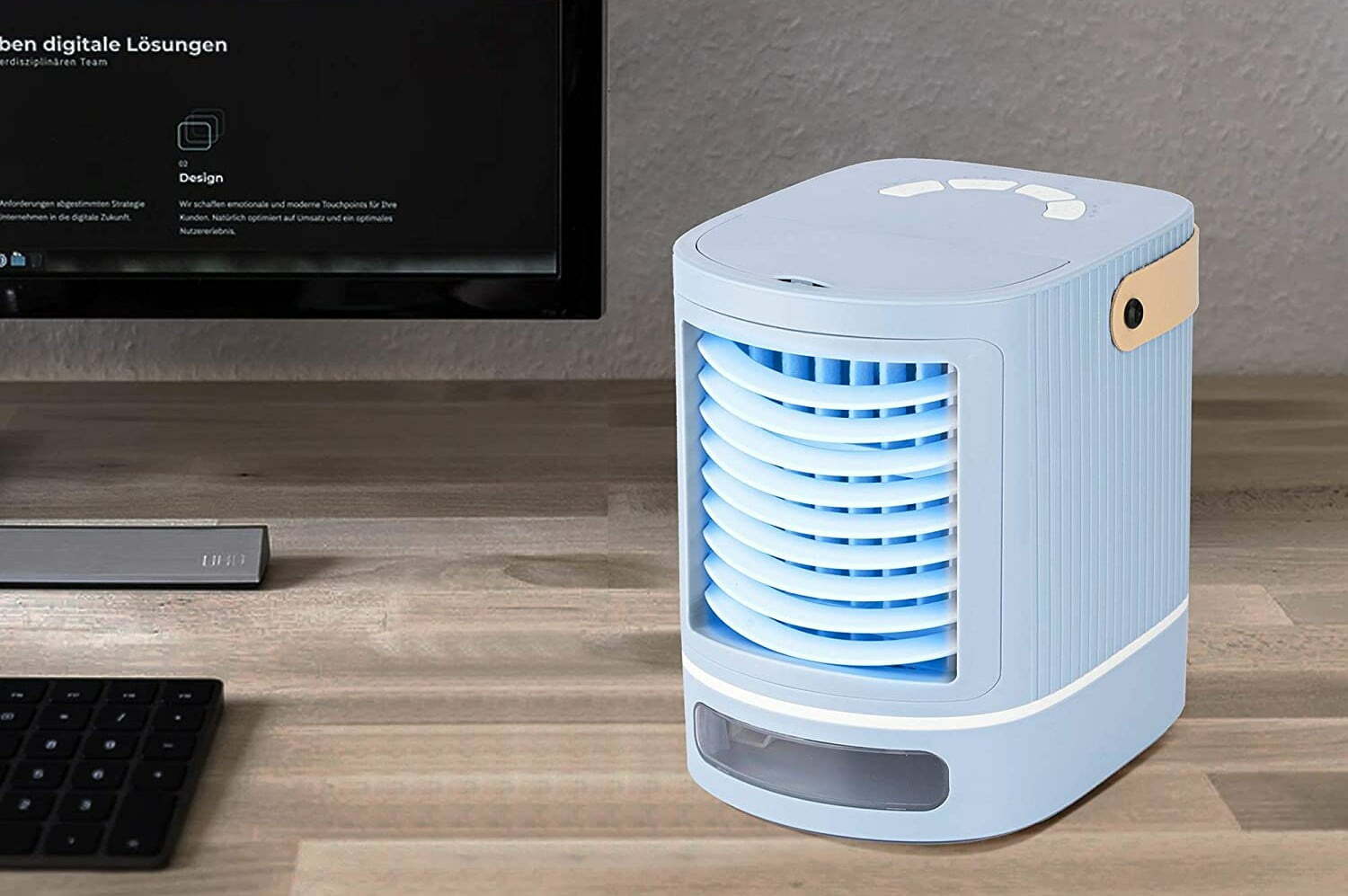













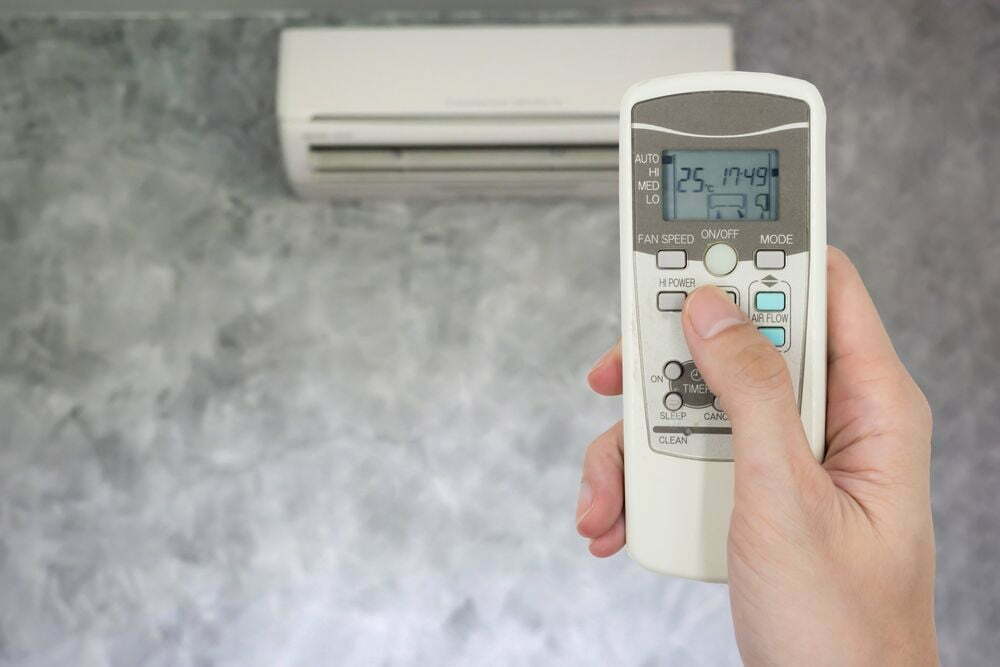
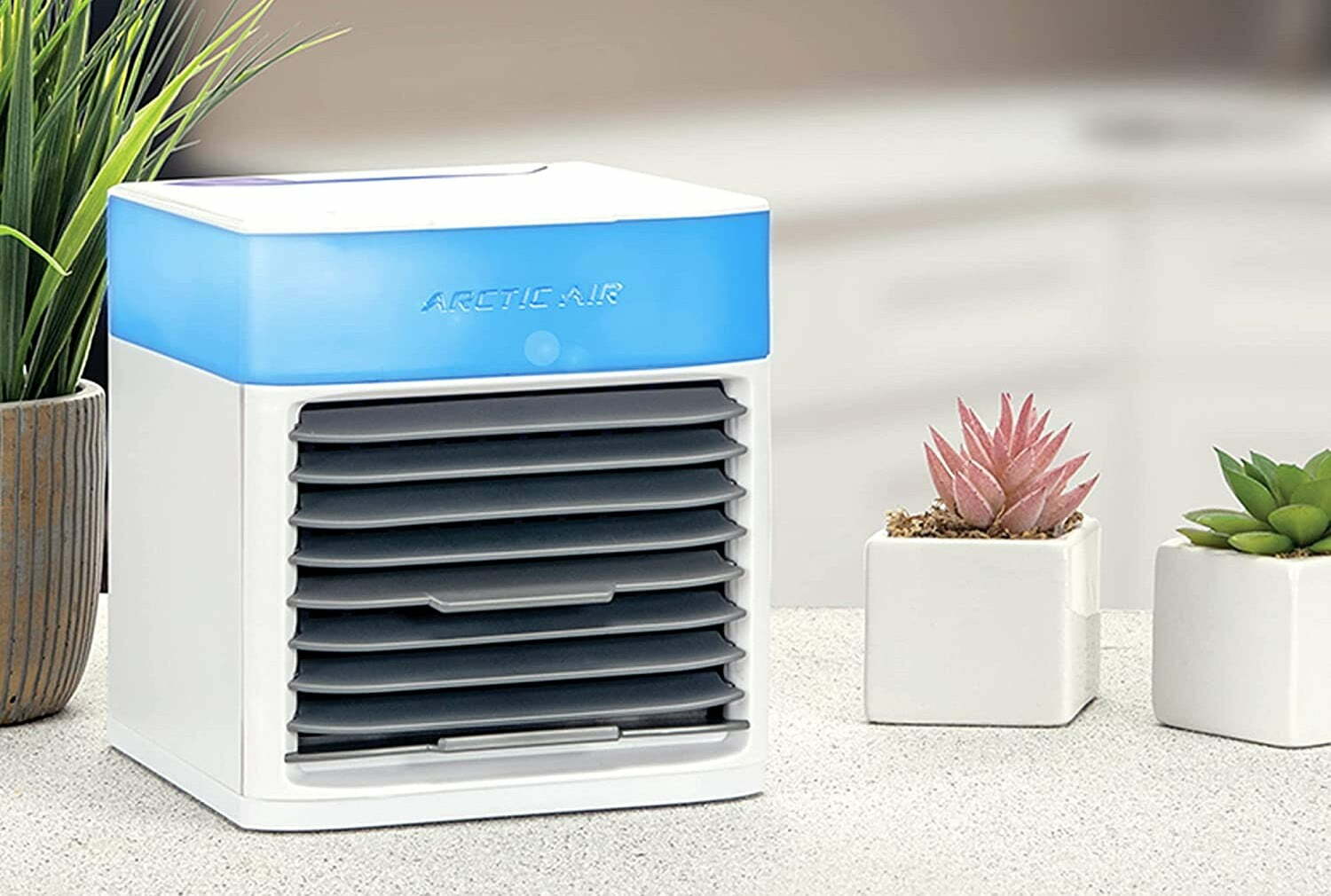
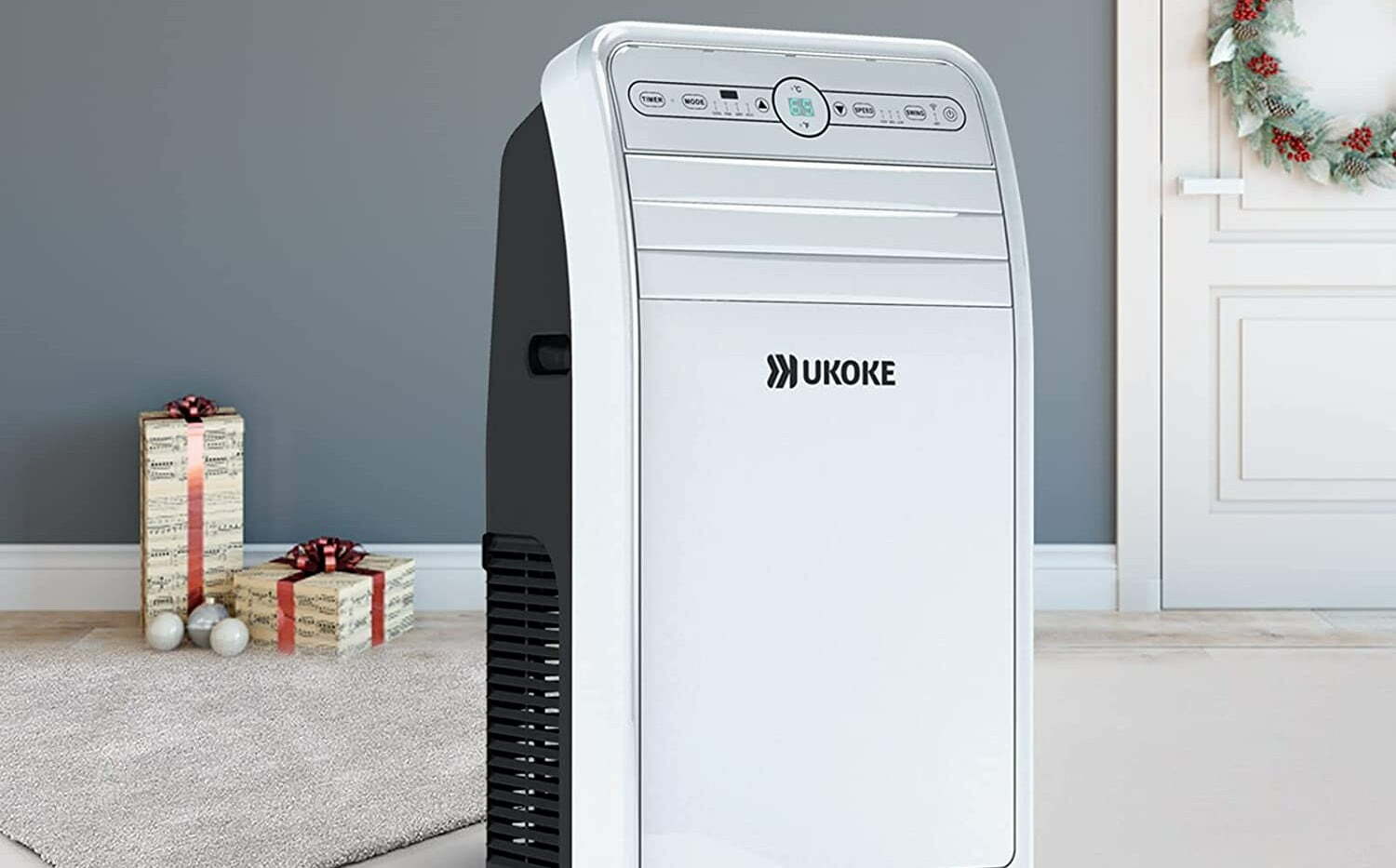
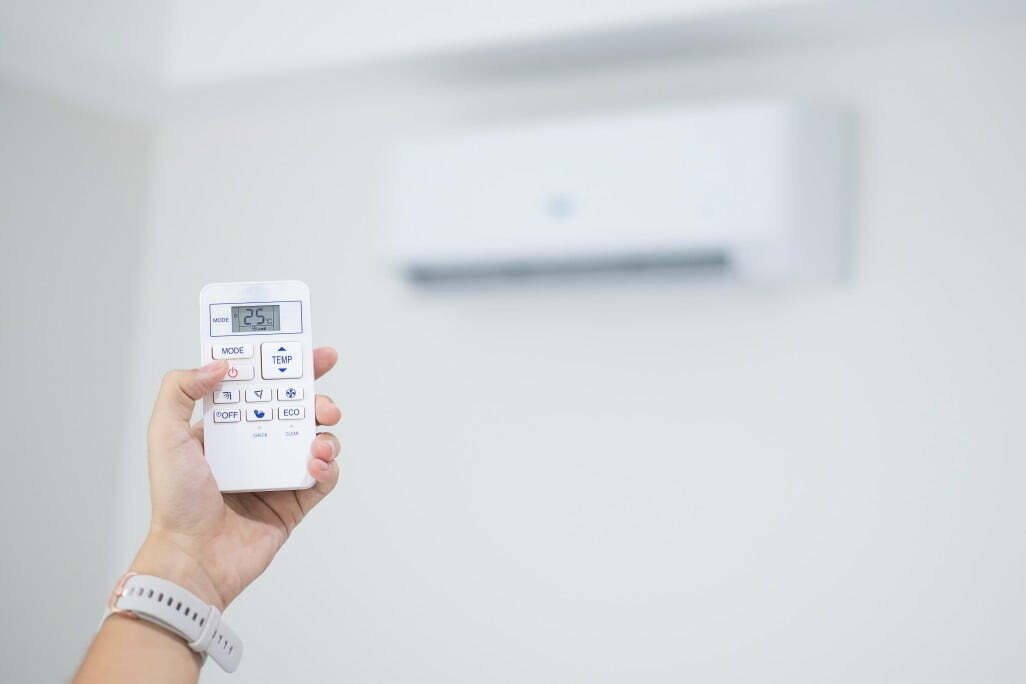
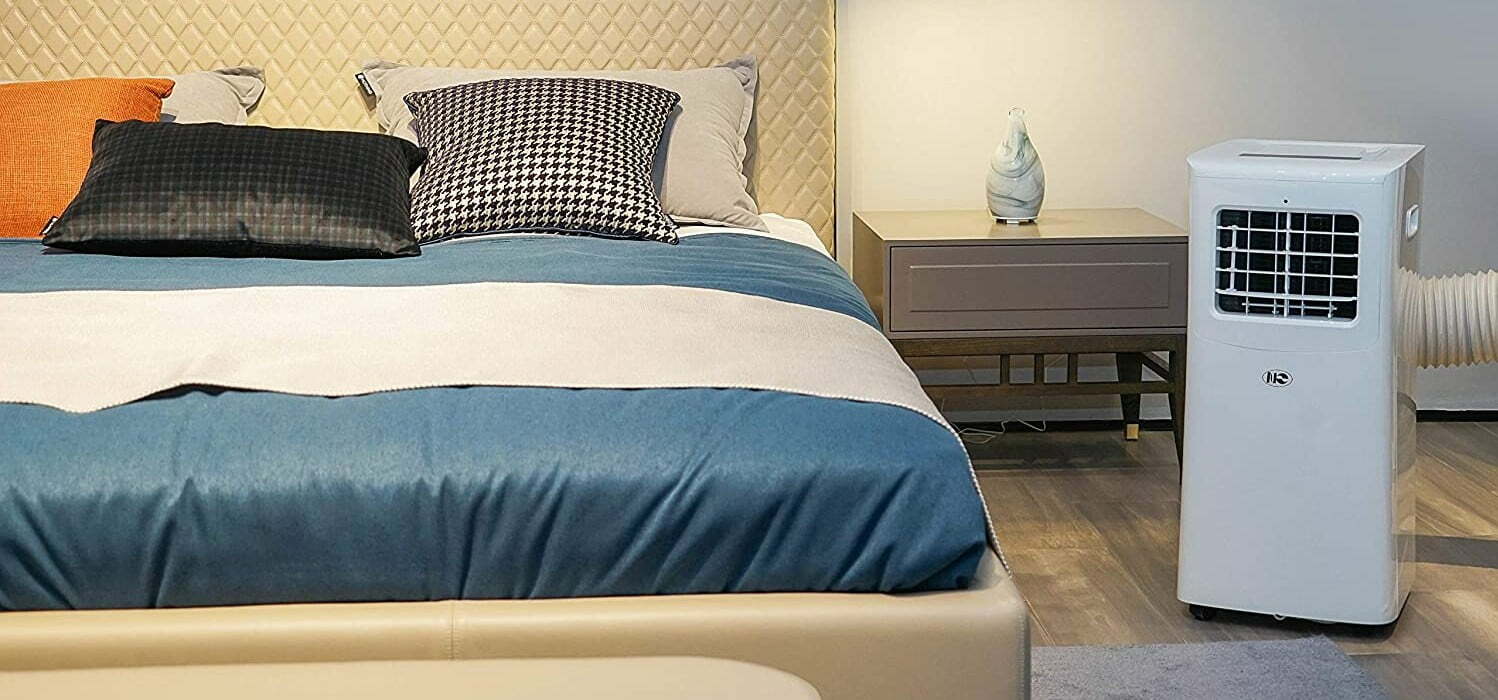
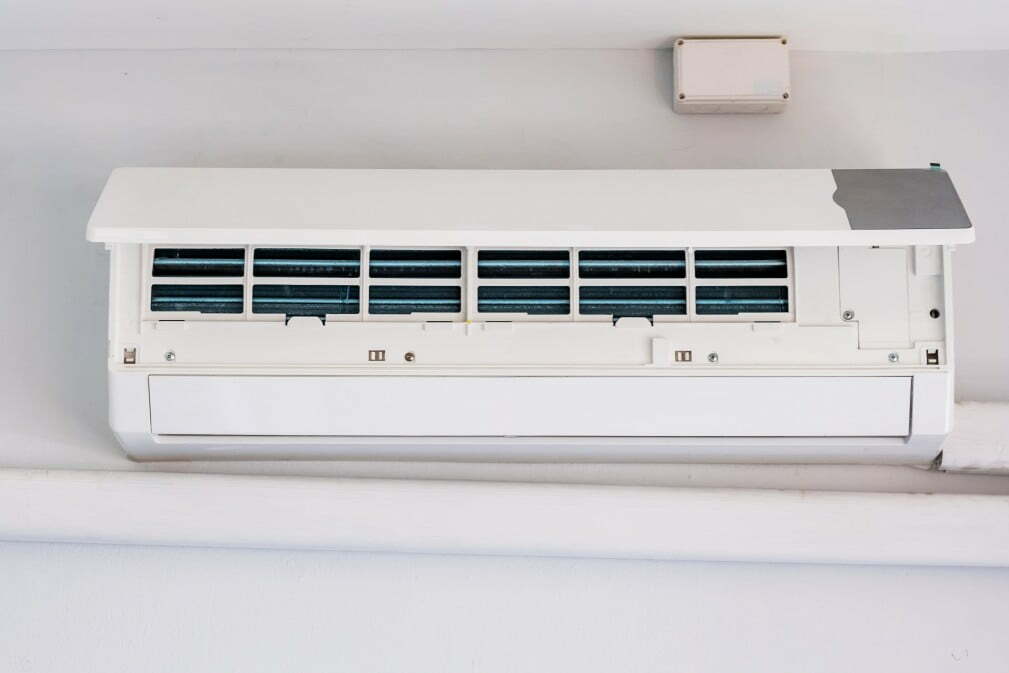
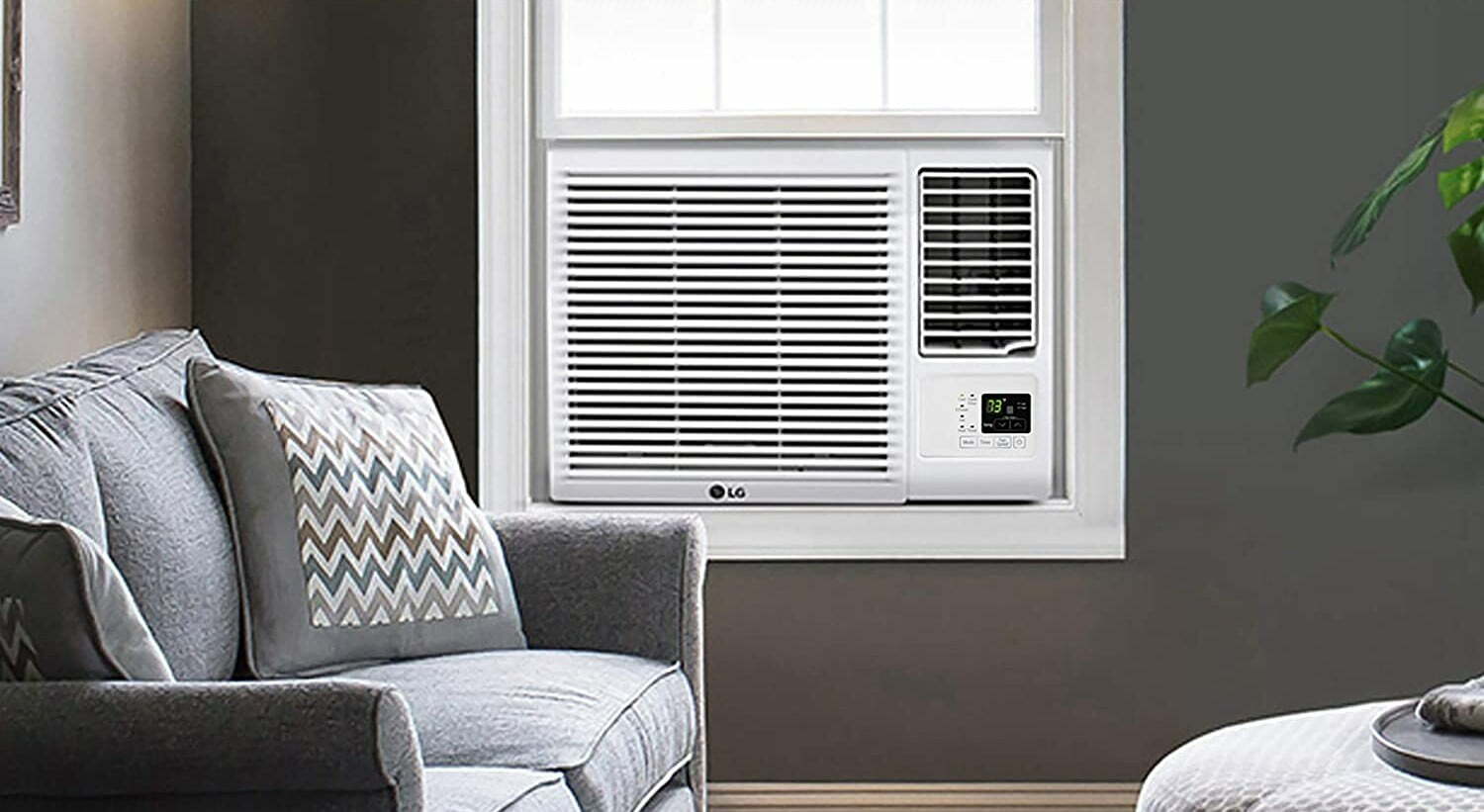
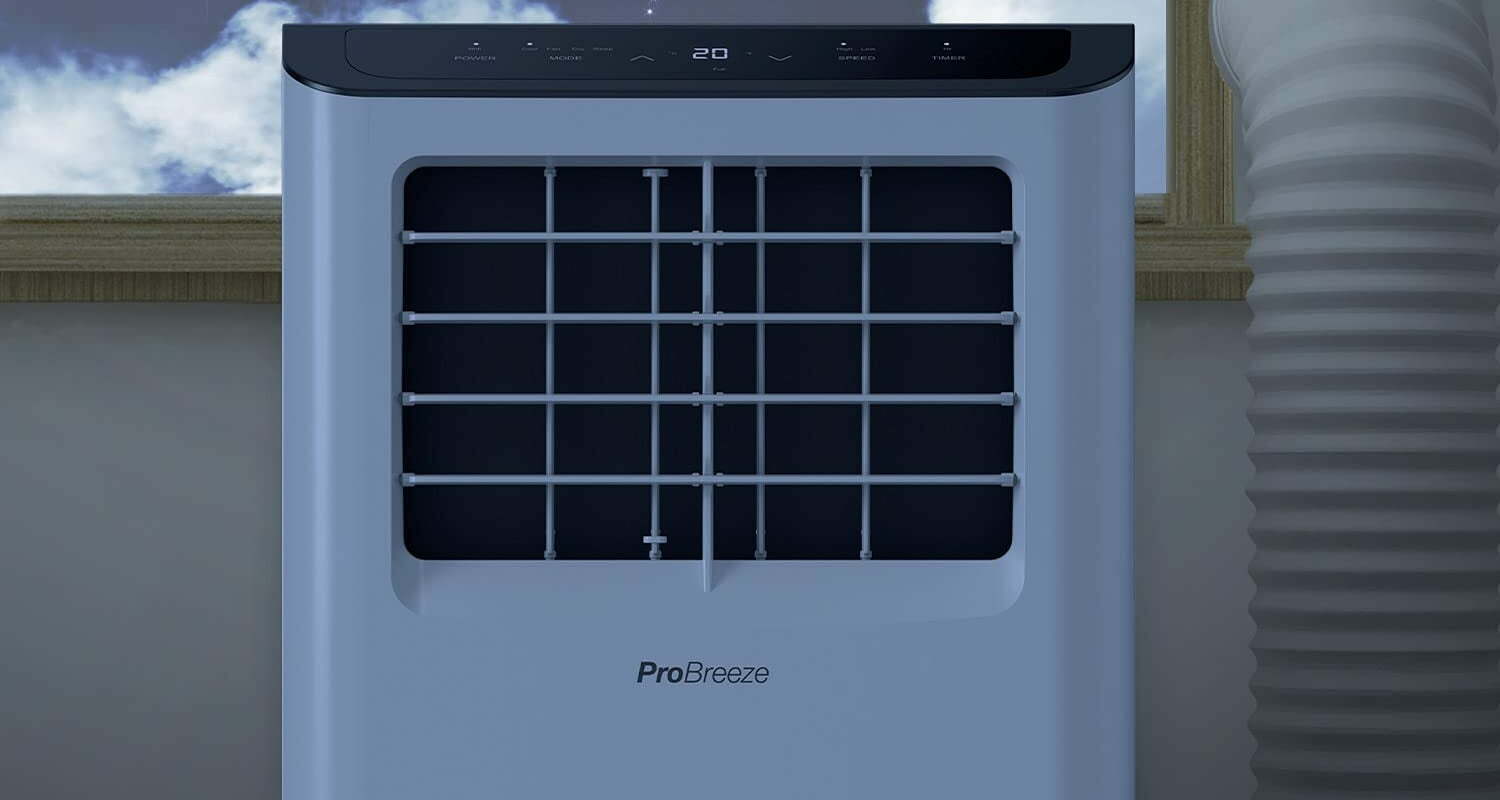
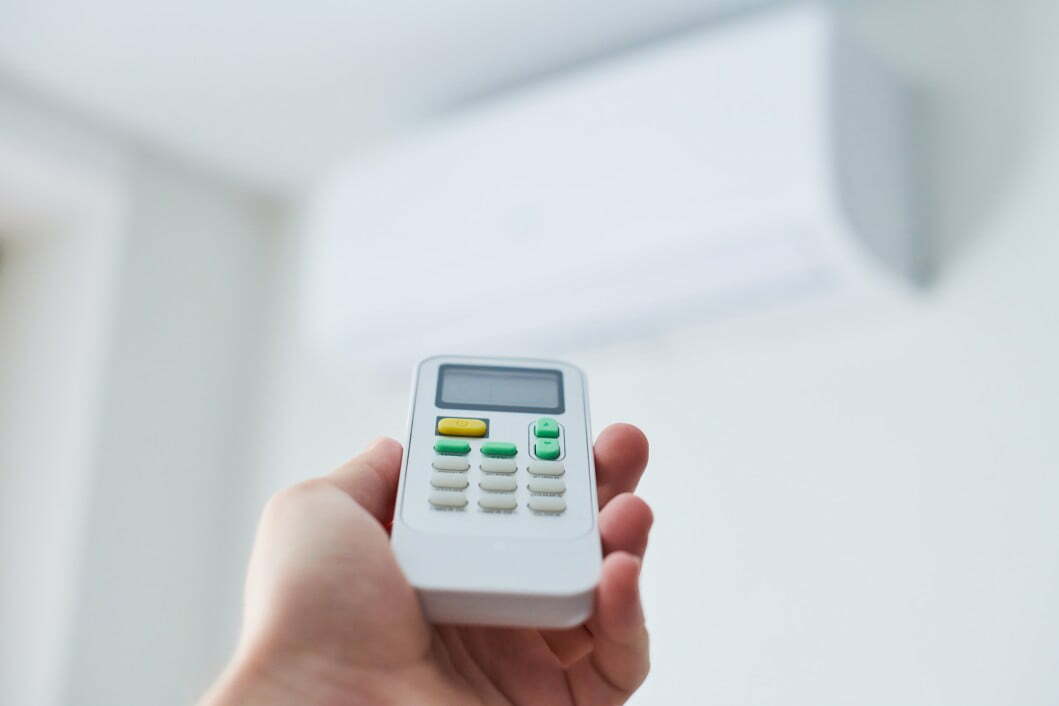
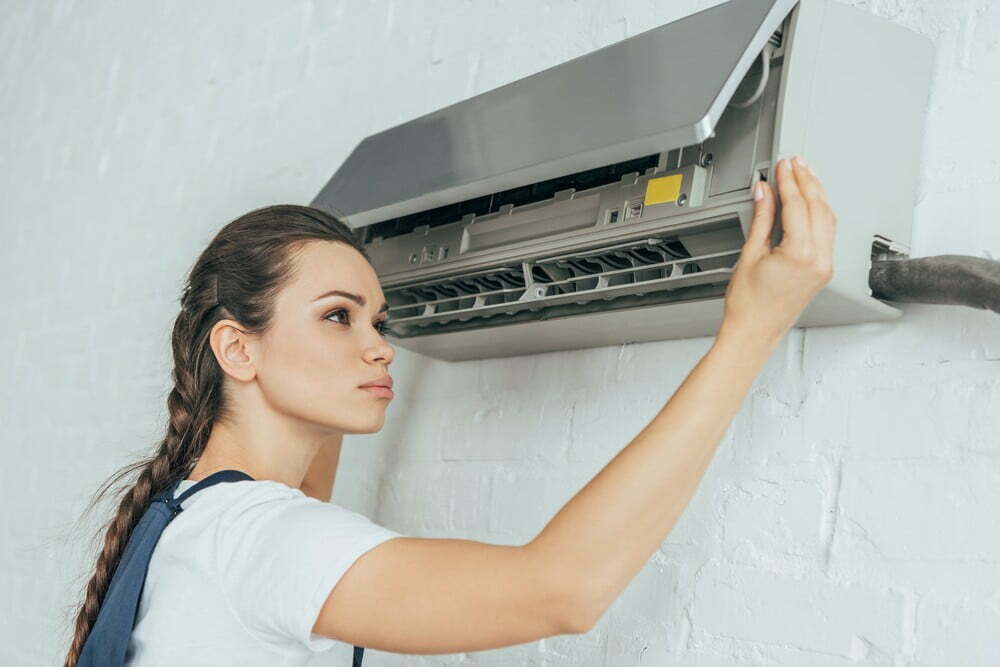
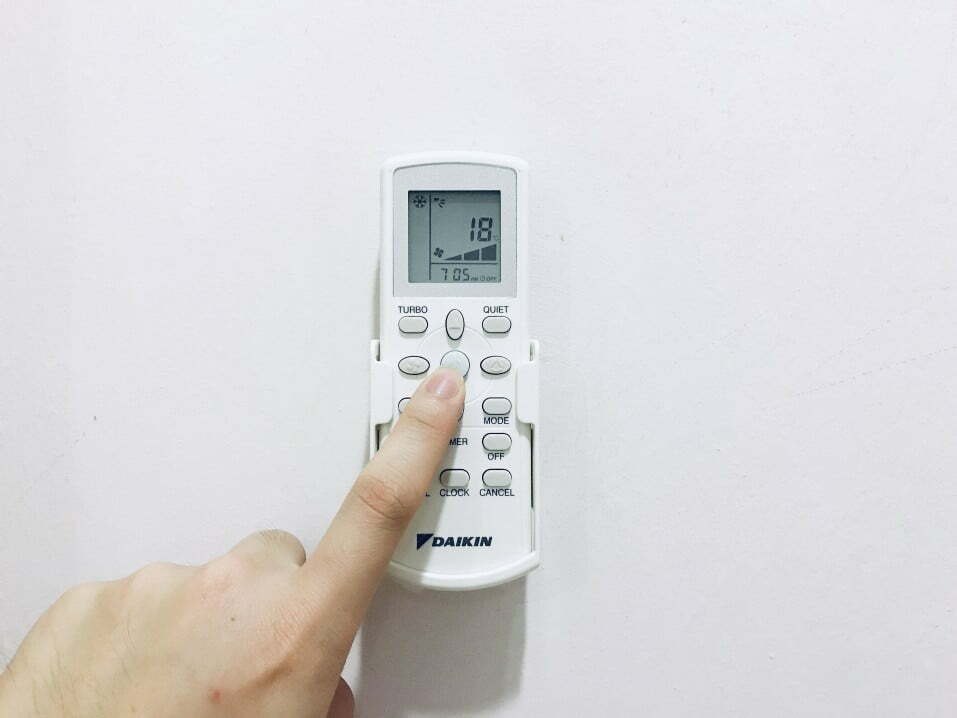
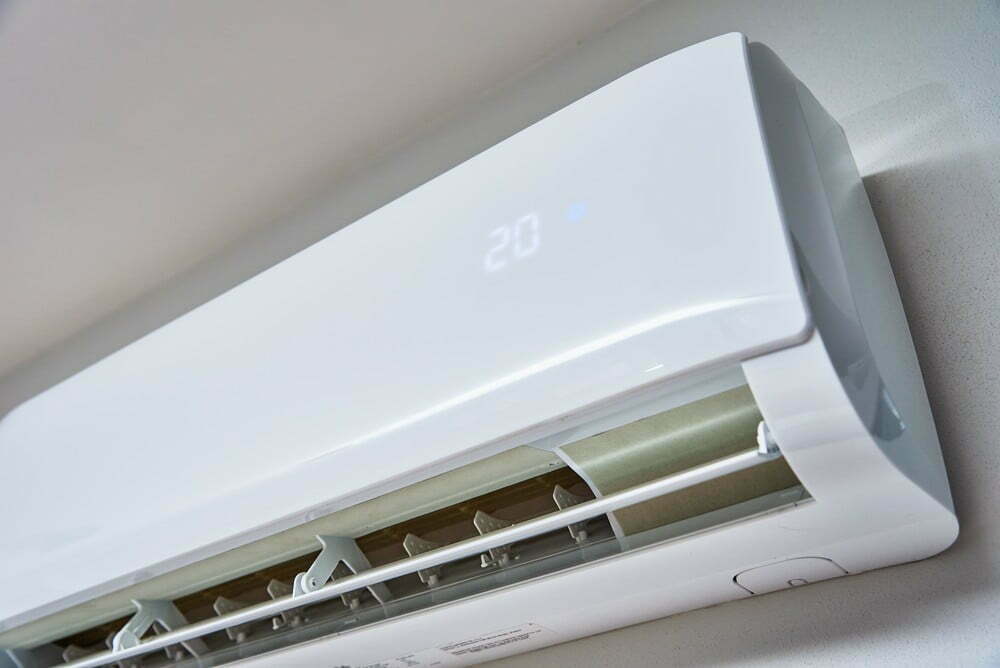
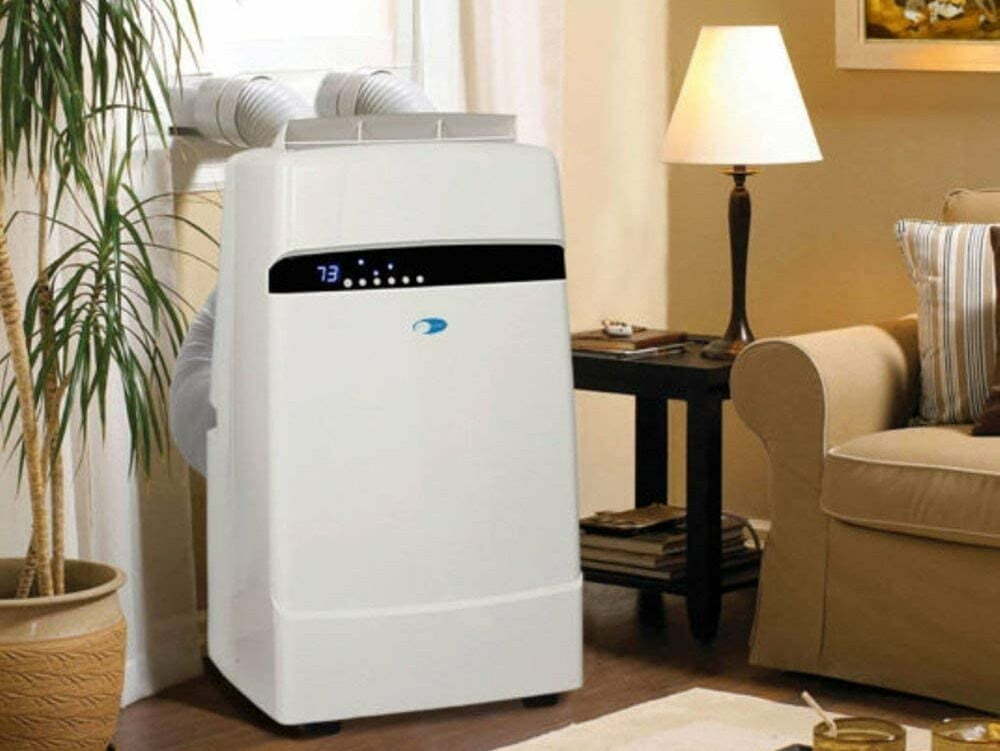
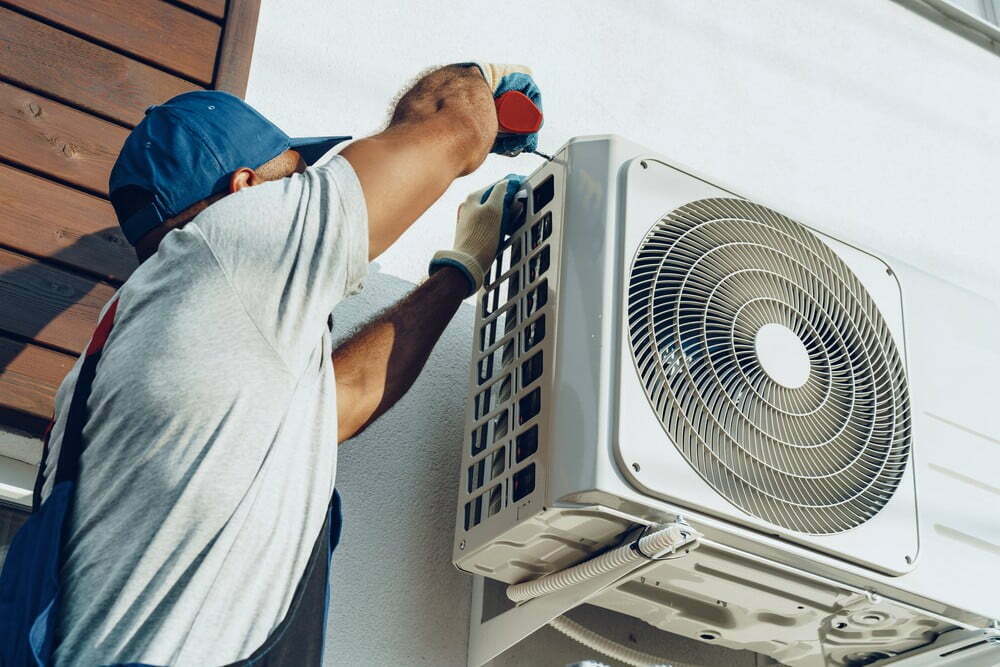
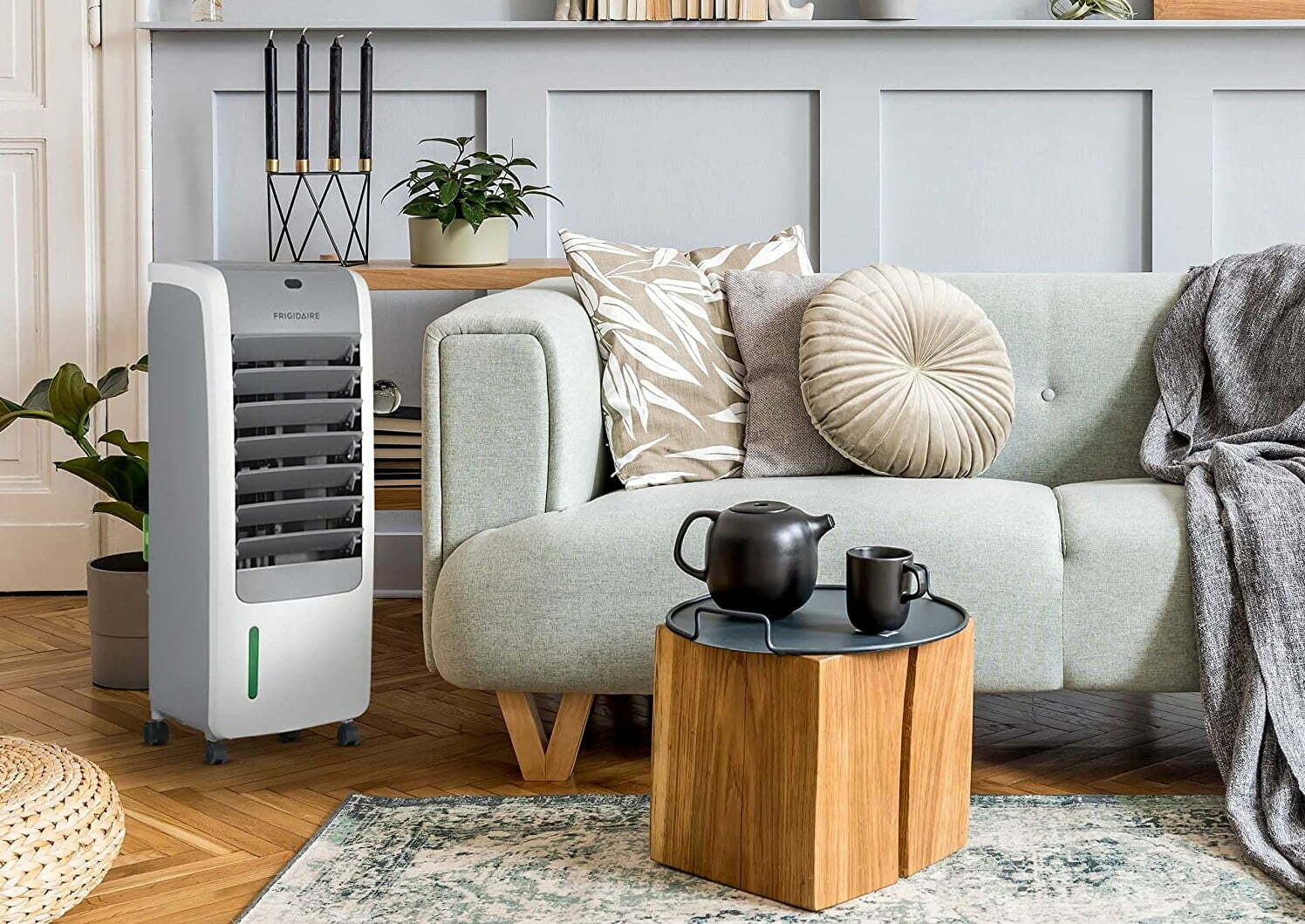
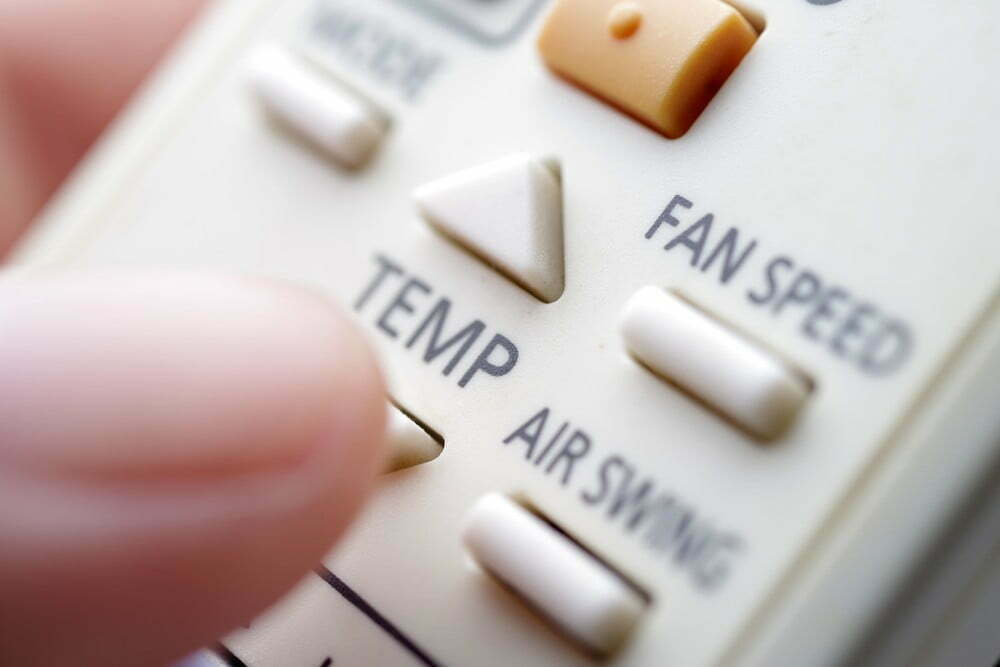
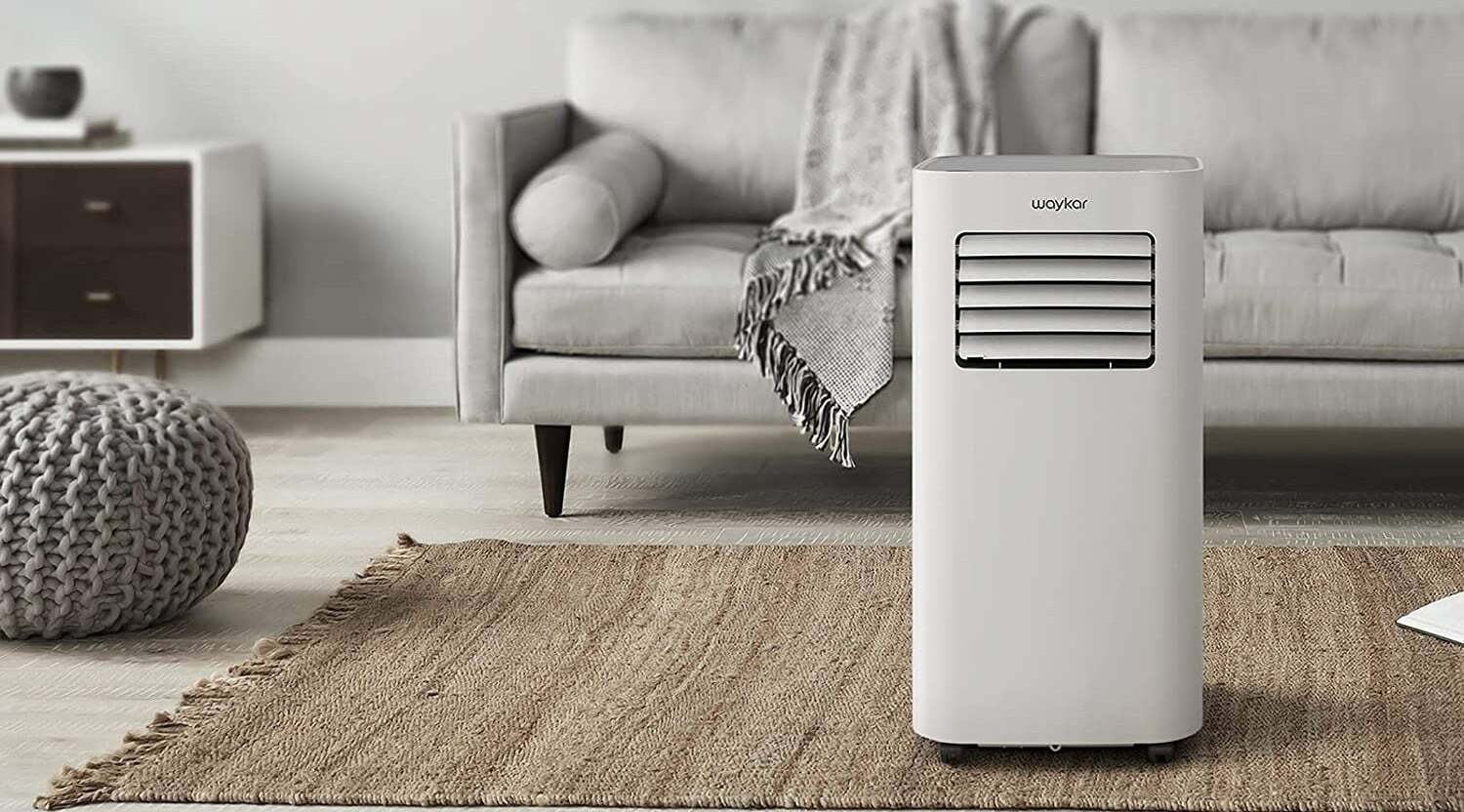
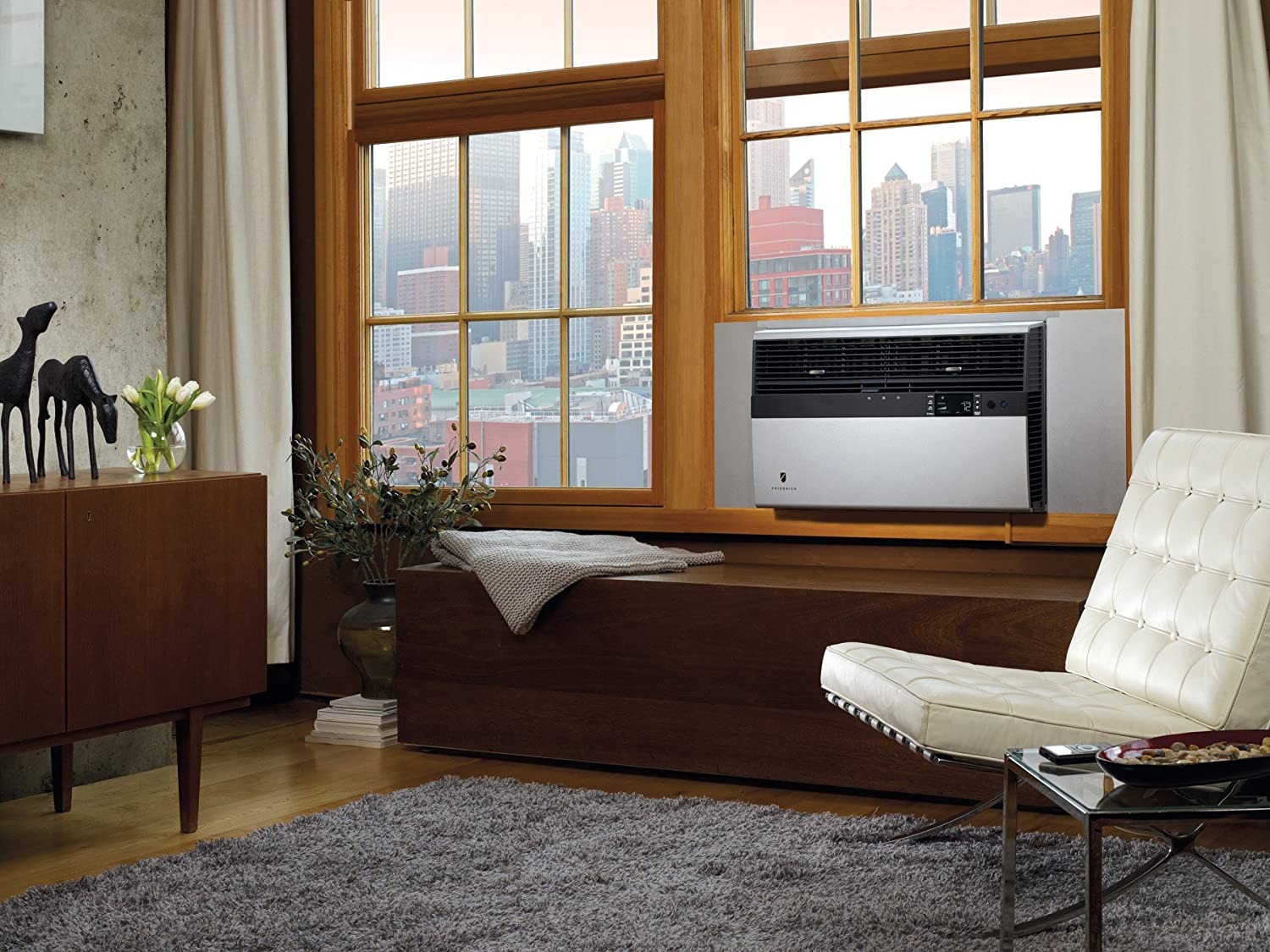
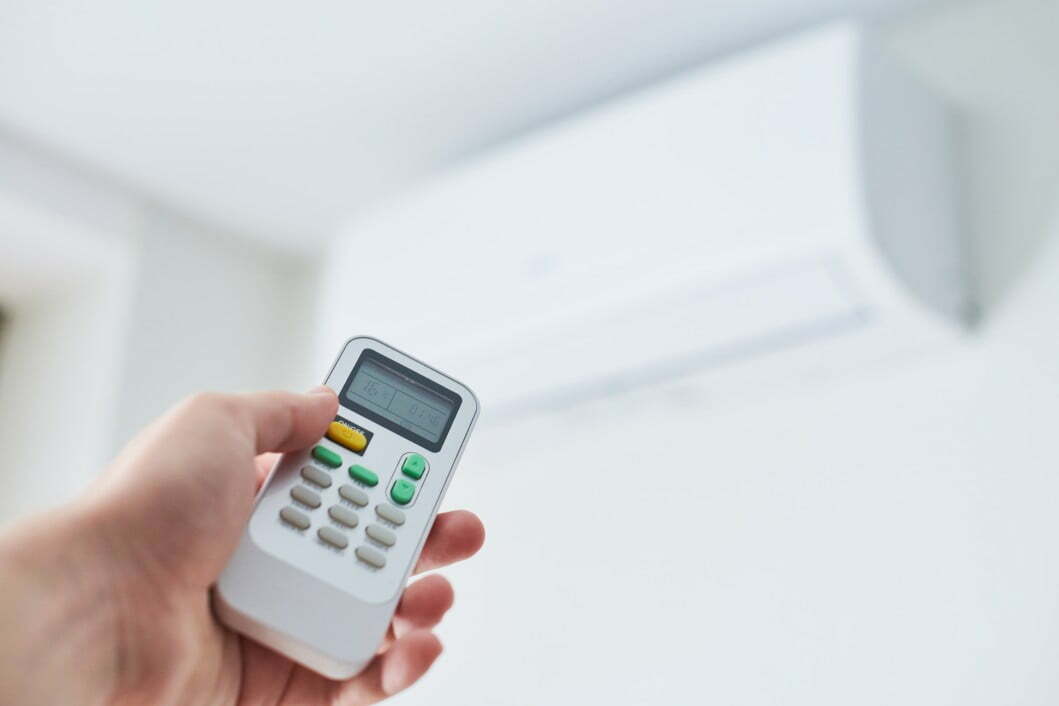
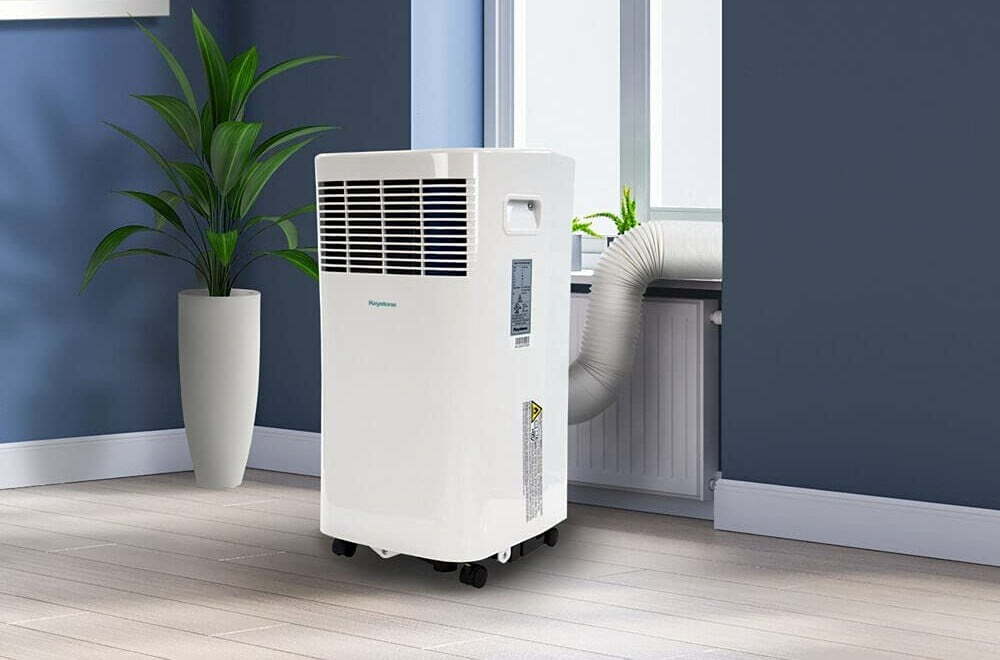
![Best Air Conditioners in [year] ([month] Reviews) 27 Best Air Conditioners in 2025 (December Reviews)](https://www.gadgetreview.dev/wp-content/uploads/best-air-conditioners-image.jpg)
![Quietest Through The Wall Air Conditioners in [year] 28 Quietest Through The Wall Air Conditioners in 2025](https://www.gadgetreview.dev/wp-content/uploads/quietest-through-the-wall-air-conditioner-image.jpg)
![Best 10000 BTU Air Conditioners in [year] 29 Best 10000 BTU Air Conditioners in 2025](https://www.gadgetreview.dev/wp-content/uploads/best-10000-btu-air-conditioner-image.jpg)
![Best 15000 BTU Air Conditioners in [year] 30 Best 15000 BTU Air Conditioners in 2025](https://www.gadgetreview.dev/wp-content/uploads/best-15000-btu-air-conditioner-image.jpg)
![Best 15000 BTU Window Air Conditioners in [year] 31 Best 15000 BTU Window Air Conditioners in 2025](https://www.gadgetreview.dev/wp-content/uploads/best-15000-btu-window-air-conditioner-image.jpg)
![Best 12000 BTU Air Conditioners in [year] 32 Best 12000 BTU Air Conditioners in 2025](https://www.gadgetreview.dev/wp-content/uploads/best-12000-btu-air-conditioner-image.jpg)
![Best Photocatalytic Oxidation Air Purifiers in [year] 33 Best Photocatalytic Oxidation Air Purifiers in 2025](https://www.gadgetreview.dev/wp-content/uploads/best-photocatalytic-oxidation-air-purifier-image.jpg)
![Best Ventless Portable Air Conditioners in [year] 34 Best Ventless Portable Air Conditioners in 2025](https://www.gadgetreview.dev/wp-content/uploads/best-ventless-portable-air-conditioner-image.jpg)
![Best Window Air Conditioners with Heat in [year] 35 Best Window Air Conditioners with Heat in 2025](https://www.gadgetreview.dev/wp-content/uploads/best-window-air-conditioner-with-heat-image.jpg)
![Best Inverter Air Conditioners in [year] 36 Best Inverter Air Conditioners in 2025](https://www.gadgetreview.dev/wp-content/uploads/best-inverter-ac-image.jpg)
![Best HEPA Air Purifiers in [year] 37 Best HEPA Air Purifiers in 2025](https://www.gadgetreview.dev/wp-content/uploads/best-hepa-air-purifier-image.jpg)
![Best Quiet Window Air Conditioners in [year] 38 Best Quiet Window Air Conditioners in 2025](https://www.gadgetreview.dev/wp-content/uploads/quiet-window-air-conditioner-image.jpg)
![Best Energy Efficient Window Air Conditioners in [year] 39 Best Energy Efficient Window Air Conditioners in 2025](https://www.gadgetreview.dev/wp-content/uploads/best-energy-efficient-window-air-conditioner-image.jpg)
![Best Quiet Portable Air Conditioners in [year] 40 Best Quiet Portable Air Conditioners in 2025](https://www.gadgetreview.dev/wp-content/uploads/quiet-portable-air-conditioner-image.jpg)
![Best 6000 BTU Air Conditioners in [year] 41 Best 6000 BTU Air Conditioners in 2025](https://www.gadgetreview.dev/wp-content/uploads/best-6000-btu-air-conditioner-image.jpg)
![Best 8000 BTU Air Conditioners in [year] 42 Best 8000 BTU Air Conditioners in 2025](https://www.gadgetreview.dev/wp-content/uploads/best-8000-btu-air-conditioner-image.jpg)
![Best Small Window Air Conditioner in [year] 43 Best Small Window Air Conditioner in 2025](https://www.gadgetreview.dev/wp-content/uploads/best-small-window-air-conditioner-image.jpg)
![Best 5000 BTU Air Conditioners in [year] 44 Best 5000 BTU Air Conditioners in 2025](https://www.gadgetreview.dev/wp-content/uploads/best-5000-btu-air-conditioner.jpg)
![Best Mini Split in [year] 45 Best Mini Split in 2025](https://www.gadgetreview.dev/wp-content/uploads/best-ductless-mini-split-air-conditioner-image.jpg)
![10 Best Portable Air Conditioners and Heaters in [year] 46 10 Best Portable Air Conditioners and Heaters in 2025](https://www.gadgetreview.dev/wp-content/uploads/best-portable-air-conditioner-and-heater-image.jpg)
